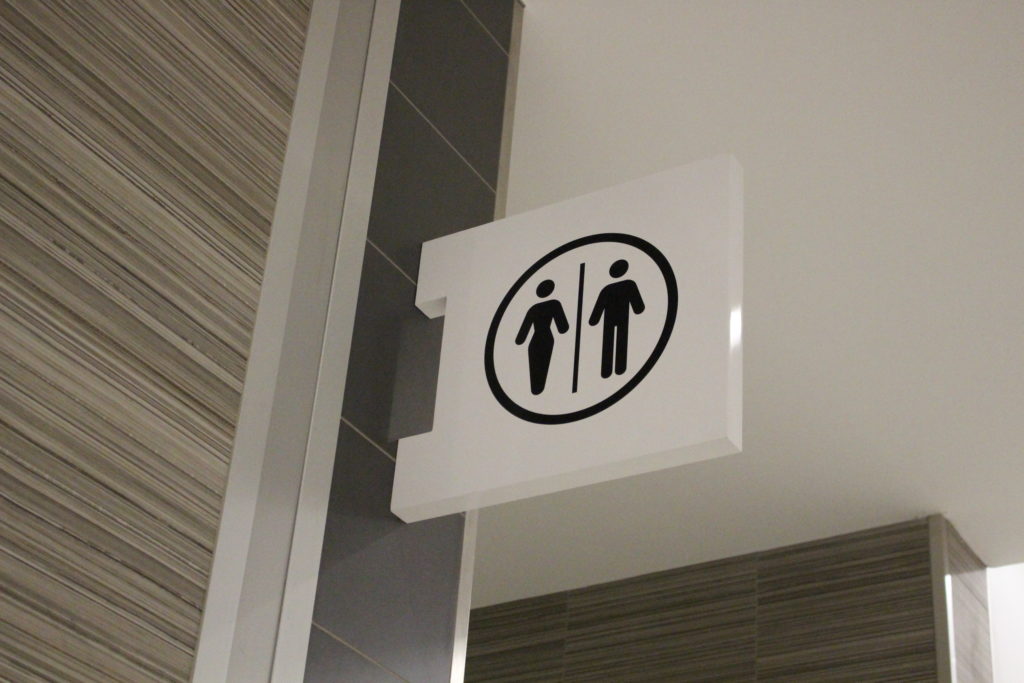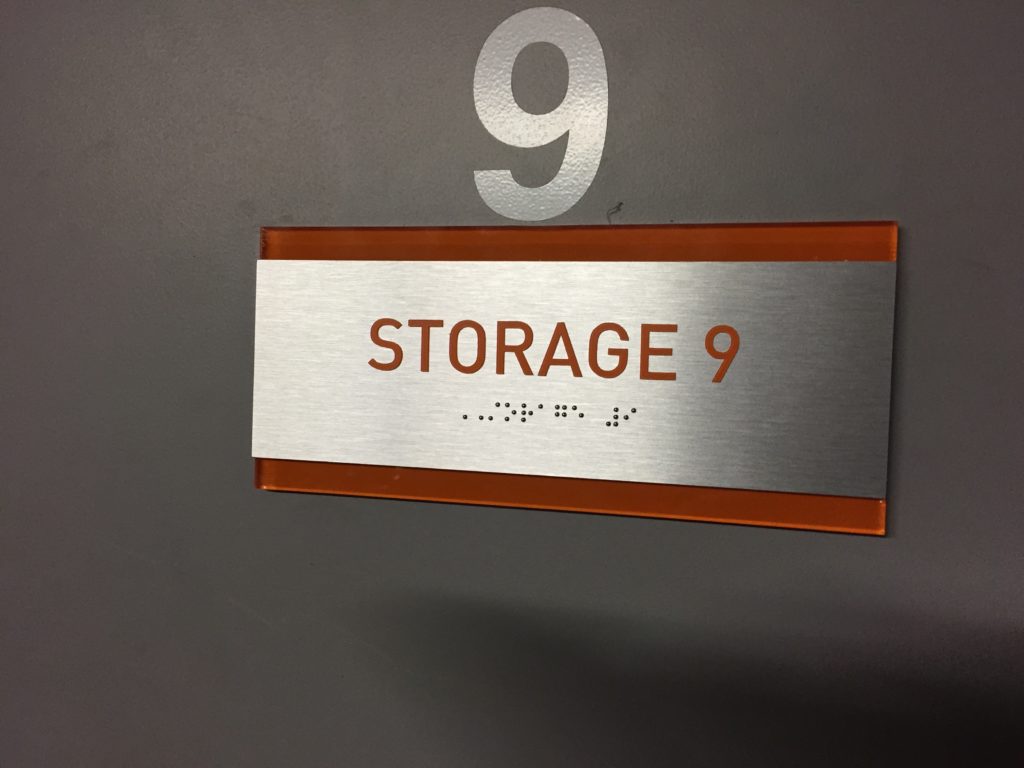Multi-Family and New Construction Signage Concepts
CND Signs has been a leader in commercial sign design and development in the multi-family and new construction industry for more than four decades. We specialize in start-to-finish fabrication, from preliminary drawings and surveys to permitting and installation. In-house designers here at CND Sings work personally with each client to consider all signage options to select designs, materials and lighting that will dramatically improve your visibility and brand.
Once you contact us for your sign needs, we’ll discuss your goals, budget and sign options, whether it’s a welcoming monument sign, a directional wayfinding sign, or signs that comply with the American with Disabilities Act.
Signs are one of the best ways for you to establish your presence and promote your brand. Here’s a rundown of some of your options.
Wayfinding Signs
Wayfinding signs are not just a communication and branding tool for your business, they primarily help visitors navigate their environment. You commonly see wayfinding signs at entrances and within large and multi-level parking structures, at malls, parks and arenas, medical complexes, airports, train and bus stations, and school and office campuses. It takes a unique combination of technical proficiency, a creative sensibility, plus fabrication expertise to design these important directionals. Wayfinding signs not only need to be easy to understand, but also appealing to look at. When your wayfinding signs are done right, visitors can confidently travel to and from new and unfamiliar locations, without stress or uncertainty. 
Here are different types of wayfinding signs:
- Directional signs- These signs rely on arrows and simple instructions to keep foot and automobile traffic moving.
- Identification signs- These are indoor and outdoor signs that identify the name or number of a location, such as a building directory or unit number. For interior locations, identification signs help visitors locate areas like restrooms, cafeterias, conference rooms, fitness centers and meeting halls.
- Informational signs- Informational signs provide useful information, including operating hours, price of admission, historical facts, rules, regulatory information and safety hazards. Signs like these are abundant at medical centers, transportation depots and schools.
There are three goals to keep in mind when designing wayfinding signs:
- Placement. Wayfinding signs should be easy to spot.
- Design. Simplicity is key. They must be easy to understand.
- Lighting. Lighting should be used to optimize — never distract from — the user’s experience.
Monument Signs
A monument sign is a grounded structure typically based at the entrance of a location. You’re used to seeing these landmark signs at schools, malls and plazas, office buildings, parks, entertainment venues, residential communities and hospitals. Monument signs are designed to capture the attention of drivers. Signs on the side of a highway, like those posted in front of hotels and fast food restaurants, are large enough so that oncoming motorists can spot them at high speed and have enough time to change lanes.

When designing and fabricating monument signs, there are four goals to keep in mind:
-
- Visibility – Drivers should be able to see monument signs at a distance and at high speed.
- Branding opportunity– Signs should be designed with your business logo and color palette
- Illuminated – Lighting should optimize your monument sign for better visibility and aesthetics.
- Weather resistant – Monument signs should be designed to withstand any type of weather Mother Nature has in store.
Materials
Monument signs are pretty versatile. They can be constructed with wood, plastic, metal, stone, or foamcore, a lightweight synthetic material that can resemble brick and stone.
ADA Signs
ADA signs are regulated by the federal government and are required for all public buildings, at doorways, elevators, bathrooms and permanent rooms. An abbreviation for the American with Disabilities Act, ADA Signs are designed to identify locations and provide information to individuals protected by the law.

ADA signs must be present at:
- Federal, state, and local government facilities, including buildings and parks
- Retail stores
- Restaurants and bars
- Theaters and stadiums
- Parks, zoos and aquariums
- Hotels and lodges
- Museums and galleries
- Public and private schools
- Office buildings
- Factories and warehouses
- Residential complexes
- Exercise facilities, including gyms, martial arts and yoga studios
- Airports, bus stops and train stations
Letter and design requirements
To comply with standards outlined by the ADA, signs must be posted at certain heights and have specific design elements, including font size, spacing and style. Signs must include rounded Braille lettering located directly below corresponding text. Signs posted at doorways must be located on the side with the door latch and handle. At double doors, ADA signs must be placed on the right side or next to the active door if only one side is operable.
There are also visual requirements for ADA signs. For example, the finish has to be non-glare, the letters tactile (or raised) to the touch, and the color of the letters and background must contrast.
Images
Pictograms, which are required for some ADA identification signs (like restrooms and accessible parking spaces), must be at least six inches tall. Images are not required for all signs.
Pictograms that identify a room are not required, but recommended. You commonly see these signs for single-gender and all-gender restrooms, non-smoking areas, baby changing areas, stairs, storm shelters, water fountains and locations where cell-phone usage is not permitted.
Need more information about signs? If you want to discuss designs or materials, give CND Signs a call at 512-888-9788, or send us a note on our contact page!

